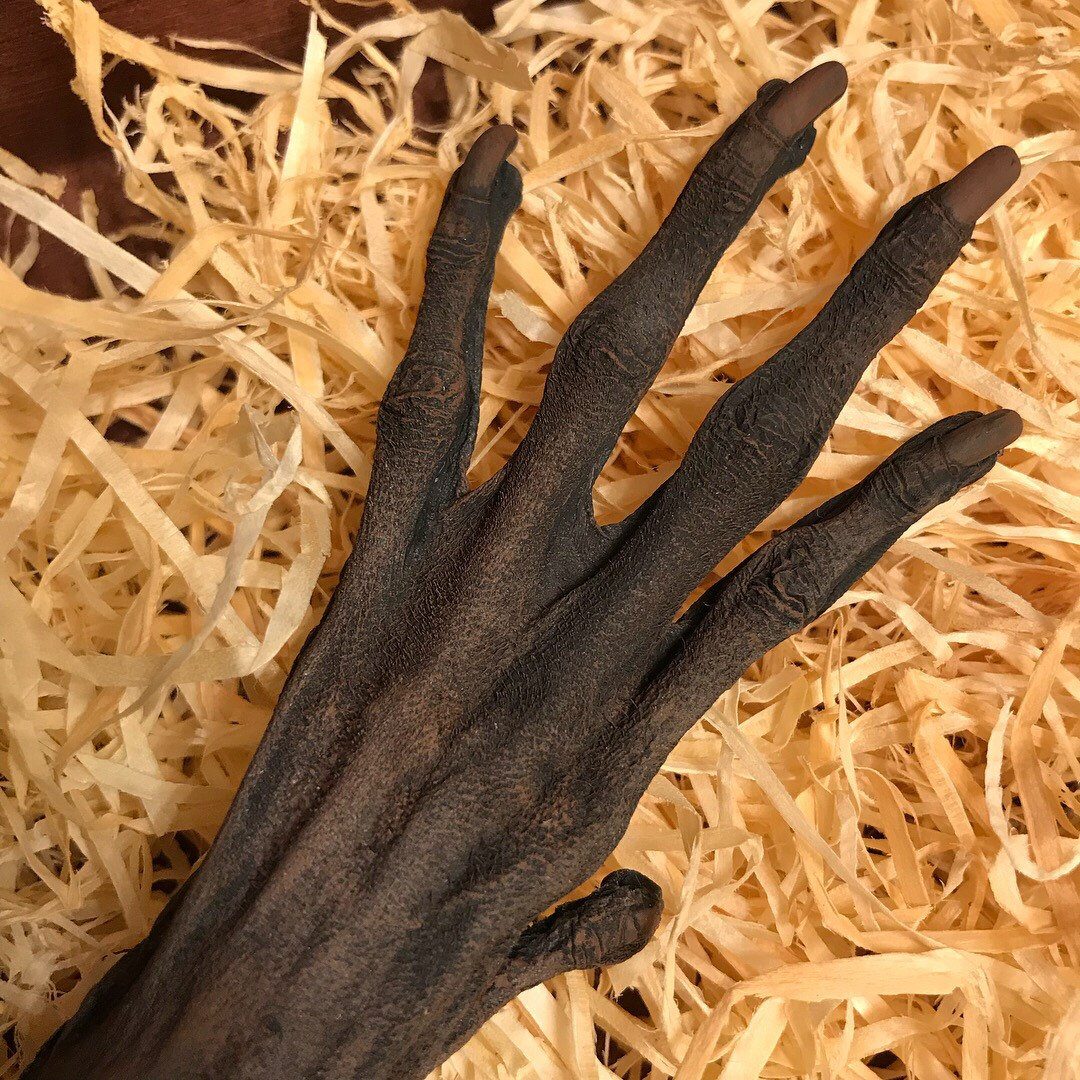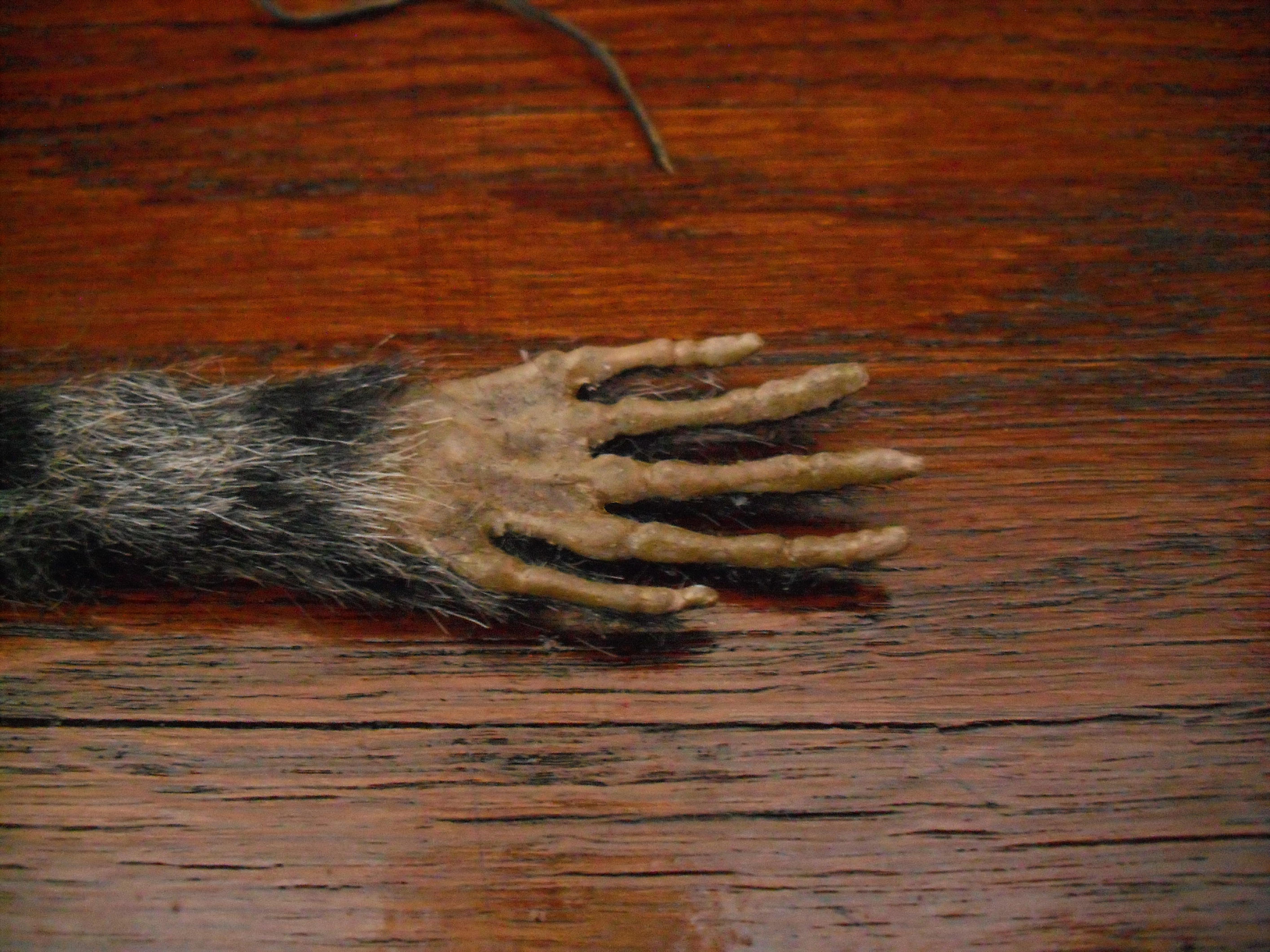

The game is over, and the pone is the winner because while the dealer has two hands, the non-dealer gets the first hand.



If the pone’s value is 121, the dealer’s scores will not be calculated. Scores are added to the scoreboard immediately after calculation. Scores are calculated in the following sequence: the non-dealer hand, dealer’s hand and the dealer’s crib. Once the game is over, each player takes back their four cards to score their hand. The game continues until one player reaches 121, and then it ends right away. For example, 7,5,6,4 is a sequence that can be rearranged to 4,5,6,7, but 5,7,9,6 is not a run.Scores are updated while you play the game. However, a sequence is not a run if an eccentric number disrupts the order. The order of the placement in a run is not essential. For instance, an Ace, 2 and 3 will get you three points. You score a point for placing cards that follow each other in a sequence.You score two points for placing your card that gets the cumulative number to 15 or 31.For face cards, two queens or two kings are a pair, but a king and a queen are not a pair even though they are both valued at 10.The starter card value is not included in this part of the game. Four cards with the same value are called double pair royal or four of a kind. Y ou score 12 points if there are three matching cards laid, and you add a fourth.Three cards with similar value are called three of a kind or a royal pair You score six points if there are two similar cards laid, and you add a third.Cards with the same value are called a pair. You score two points if you lay a matching card with the same value as the card placed.The number of the card represents the numbered card value while the face cards value is 10. The next round also begins when the players have cards with values that exceed 31 or when all players have no cards in their deal.įor the card values, an ace card has a value of one. When the card value gets to 31, the next round begins, and the value is reset to 0. The player that lays the last card gets one point this gain is called ‘one for the last.’ If the card placed does not get the cumulative card value to 31, the player that placed the card gets one point, and this gain is called ‘one for the go.’ A player earns two points if their given card gets the cumulative value to 31. Instead of playing, the player says ‘go’ for the other player to continue laying down their card without exceeding the 31. You cannot place a card that will exceed 31. The player that places the card that gets the value to 31 gets two points. The card placement process continues until the value of the cards placed gets to 31. The dealer also gives one card but announces the cumulative value of both given cards. The pone gives one card and announces its value. The goal of the play is to get a value of cards reaching 31 or 15 to earn 2 points. The gain is referred to as ‘two for his heels.’ When the starter is chosen, the play can begin. If the starter card is a Jack, the non-dealer gains 2 points. The picked card is called the starter or the cut. The non-dealer cuts the deck and takes the top card. The dealer uses the crib to get extra cores at the end of the game.Īt the start of the game, all the hands have four cards. The crib belongs to the dealer it is the third hand. From the six-card deal, both players give two cards and place them on the crib. The dealer deals six cards for both players. After the drawing, the dealer and non-dealer role is alternated until the game has a winner. The dealer is only selected through drawing once. If both drawn cards are equal in value, the process is repeated until a dealer is determined. The player whose card value is lowest becomes the dealer, while the player with a card with the highest value becomes the non-dealer or pone. The Dealīefore the game begins, both players draw a card from the deck. Although this explanation is thorough, you still need some game experience to be an expert. However, this explanation is limited to two players.Ĭribbage is a game of many rules. Traditionally the game has two players, but three or even four players can play it. The game has three notable parts: the deal, the play and the show. For a math enthusiast, this should be a walk in the park. The trick is in making and adding points. PLAY CRIBBAGE ONLINE: RULES AND GUIDE ObjectiveĬribbage requires a fair amount of calculation, tactical skills and strategy.


 0 kommentar(er)
0 kommentar(er)
